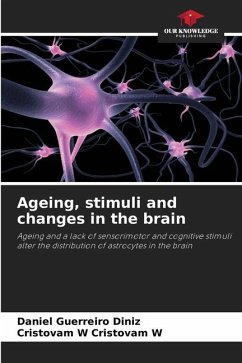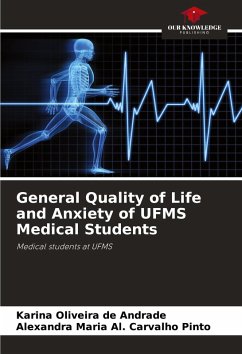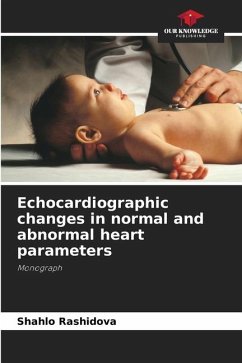
Changes in quality of life after coronavirus infection
Based on the example of students at Astana Medical University
Versandkostenfrei!
Versandfertig in 6-10 Tagen
24,99 €
inkl. MwSt.

PAYBACK Punkte
12 °P sammeln!
The coronavirus disease (COVID-19) pandemic began in China in January 2019 and has globally changed many areas of human life. According to WHO statistics, more than 600 million cases have been reported, with a mortality rate of approximately 6.5 million people to date. The clinical course of the infection varies, ranging from asymptomatic to life-threatening. More than 610 million people have recovered worldwide, but there are still patients with persistent symptoms and even massive organ dysfunction. COVID-19 is a new disease, so much about its clinical picture remains unclear. This is especi...
The coronavirus disease (COVID-19) pandemic began in China in January 2019 and has globally changed many areas of human life. According to WHO statistics, more than 600 million cases have been reported, with a mortality rate of approximately 6.5 million people to date. The clinical course of the infection varies, ranging from asymptomatic to life-threatening. More than 610 million people have recovered worldwide, but there are still patients with persistent symptoms and even massive organ dysfunction. COVID-19 is a new disease, so much about its clinical picture remains unclear. This is especially true when it comes to long-term effects that can affect quality of life. One thing is clear: coronavirus infection does not go away without a trace, and many syndromes are now known that are grouped under the umbrella term 'post-COVID.' In addition, a systematic review of articles showed that 59% of patients with 'post-COVID syndrome' rate their health as poor, with predominant symptomsof high fatigue, shortness of breath, sleep disturbances and psychological disorders.












